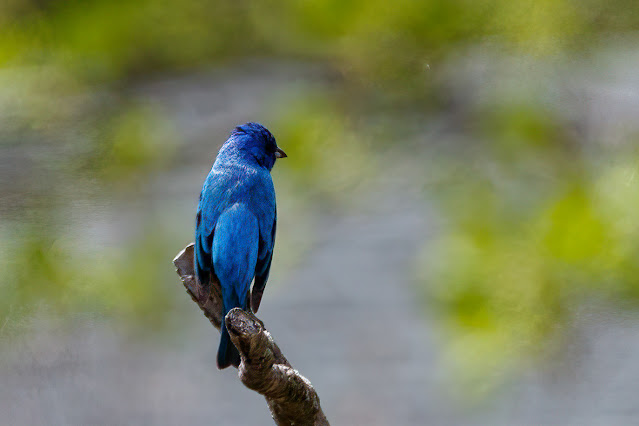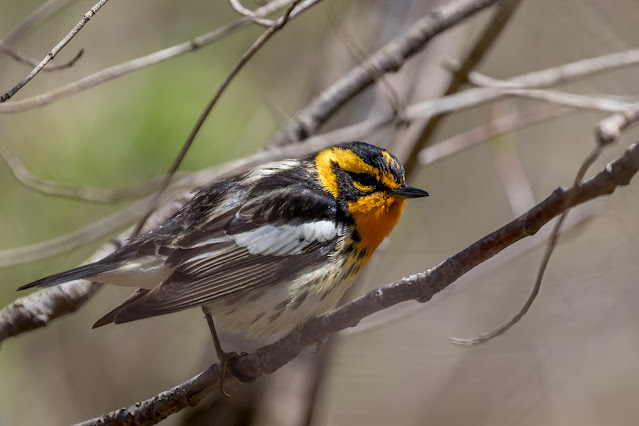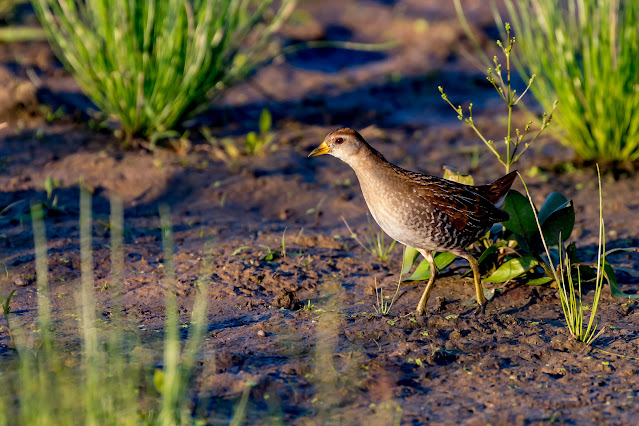Marsh Wren

Rondeau Provincial Park, Ontario, Canada, May 28, 2020. From the pontoon boat. Cistothorus palustris The secret life of the Marsh Wren plays out under the cover of reeds. Here, males routinely mate with 2 or more females and build at least 6 dummy nests for every female they mate with. One male built 22 nests on his territory. source - https://www.allaboutbirds.org/guide/Marsh_Wren/




















